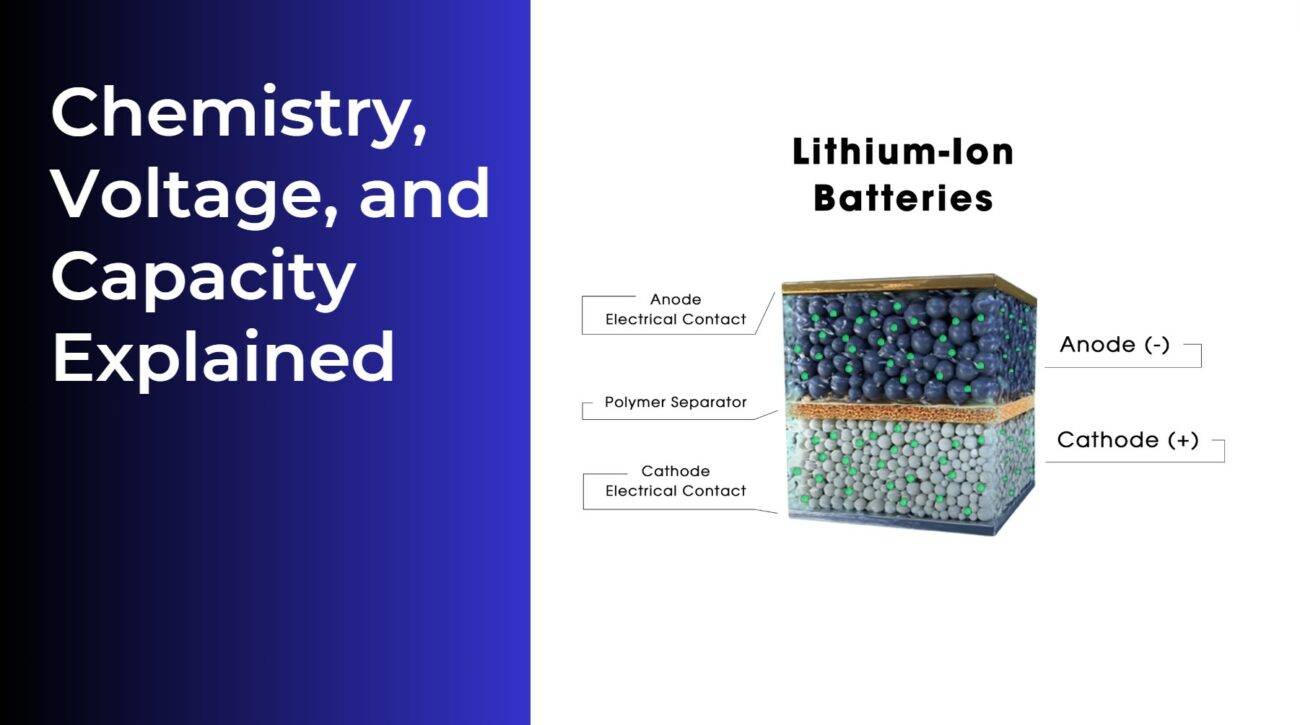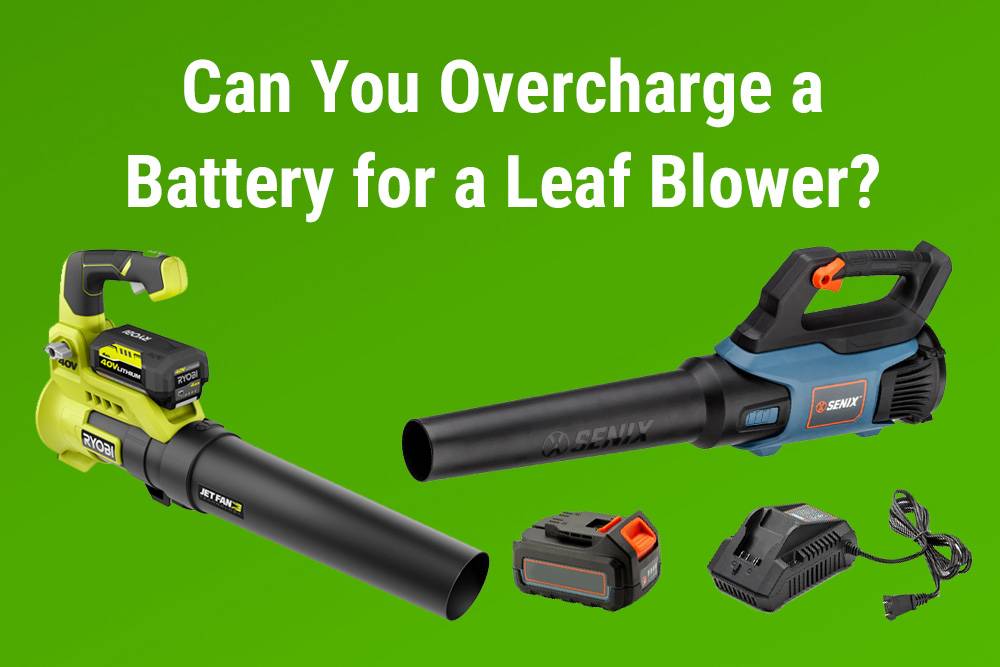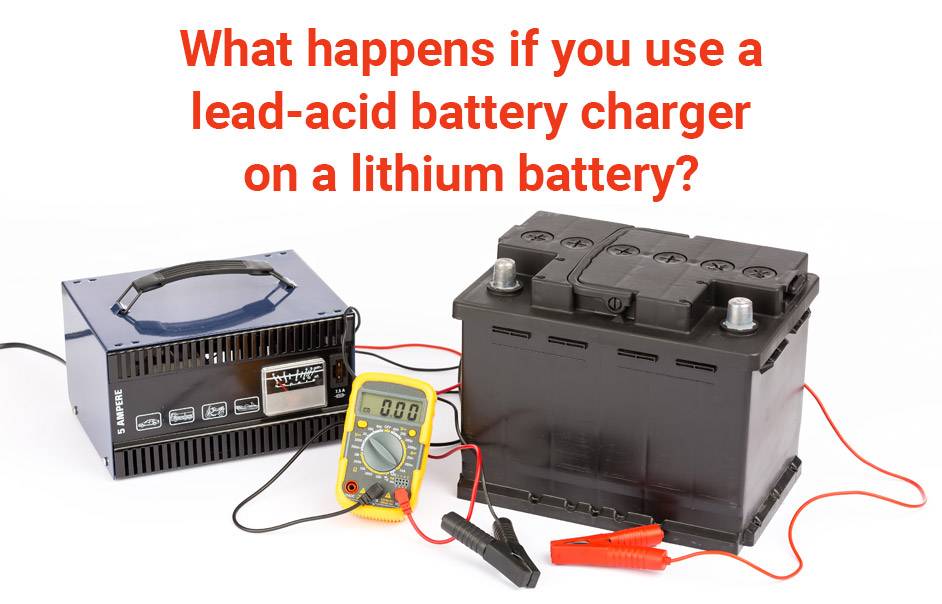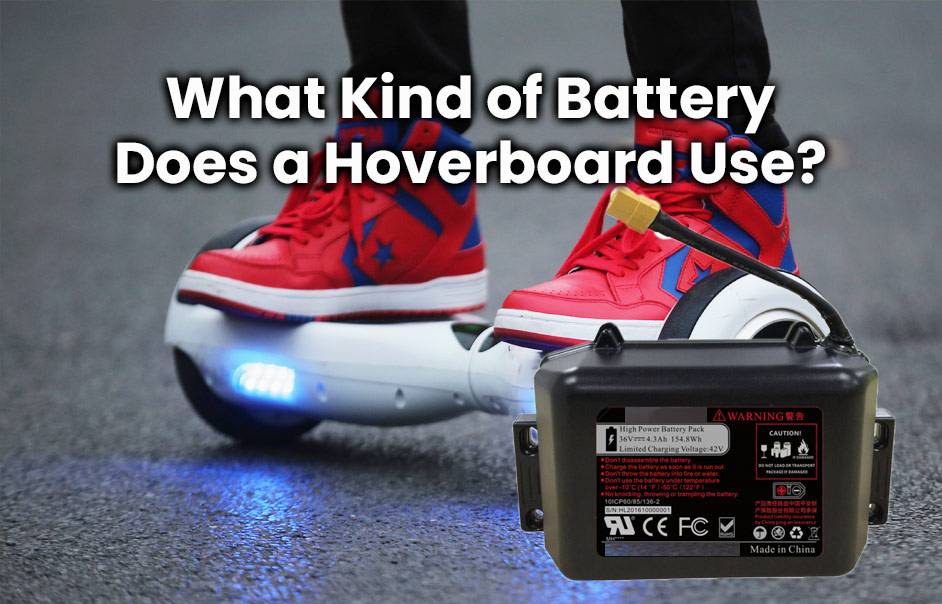- Lithium Golf Cart Battery
- Forklift Lithium Battery
-
48V
- 48V 210Ah
- 48V 300Ah
- 48V 420Ah (949 x 349 x 569 mm)
- 48V 420Ah (950 x 421 x 450 mm)
- 48V 456Ah
- 48V 460Ah (830 x 630 x 590 mm)
- 48V 460Ah (950 x 421 x 450 mm)
- 48V 460Ah (800 x 630 x 600 mm)
- 48V 460Ah (820 x 660 x 470 mm)
- 48V 500Ah
- 48V 560Ah (810 x 630 x 600 mm)
- 48V 560Ah (950 x 592 x 450 mm)
- 48V 600Ah
- 48V 630Ah
-
48V
- 12V Lithium Battery
12V 150Ah Lithium RV Battery
Bluetooth App | BCI Group 31
LiFePO4 Lithium
Discharge Temperature -20°C ~ 65°C
Fast Charger 14.6V 50A
Solar MPPT Charging - 24V Lithium Battery
- 36V Lithium Battery
- 48V Lithium Battery
-
48V LiFePO4 Battery
- 48V 50Ah
- 48V 50Ah (for Golf Carts)
- 48V 60Ah (8D)
- 48V 100Ah (8D)
- 48V 100Ah
- 48V 100Ah (Discharge 100A for Golf Carts)
- 48V 100Ah (Discharge 150A for Golf Carts)
- 48V 100Ah (Discharge 200A for Golf Carts)
- 48V 150Ah (for Golf Carts)
- 48V 160Ah (Discharge 100A for Golf Carts)
- 48V 160Ah (Discharge 160A for Golf Carts)
-
48V LiFePO4 Battery
- 60V Lithium Battery
-
60V LiFePO4 Battery
- 60V 20Ah
- 60V 30Ah
- 60V 50Ah
- 60V 50Ah (Small Size / Side Terminal)
- 60V 100Ah (for Electric Motocycle, Electric Scooter, LSV, AGV)
- 60V 100Ah (for Forklift, AGV, Electric Scooter, Sweeper)
- 60V 150Ah (E-Motocycle / E-Scooter / E-Tricycle / Tour LSV)
- 60V 200Ah (for Forklift, AGV, Electric Scooter, Sweeper)
-
60V LiFePO4 Battery
- 72V~96V Lithium Battery
- Rack-mounted Lithium Battery
- E-Bike Battery
- All-in-One Home-ESS
- Wall-mount Battery ESS
-
Home-ESS Lithium Battery PowerWall
- 24V 100Ah 2.4kWh PW24100-S PowerWall
- 48V 50Ah 2.4kWh PW4850-S PowerWall
- 48V 50Ah 2.56kWh PW5150-S PowerWall
- 48V 100Ah 5.12kWh PW51100-F PowerWall (IP65)
- 48V 100Ah 5.12kWh PW51100-S PowerWall
- 48V 100Ah 5.12kWh PW51100-H PowerWall
- 48V 200Ah 10kWh PW51200-H PowerWall
- 48V 300Ah 15kWh PW51300-H PowerWall
PowerWall 51.2V 100Ah LiFePO4 Lithium Battery
Highly popular in Asia and Eastern Europe.
CE Certification | Home-ESS -
Home-ESS Lithium Battery PowerWall
- Portable Power Stations
Can you leave leaf blower battery on charger?
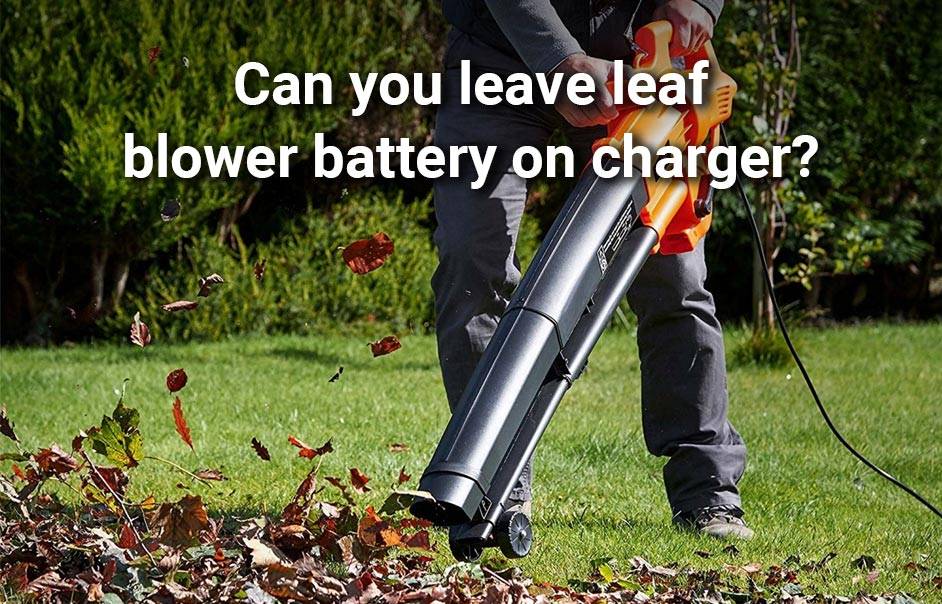
Leaving a leaf blower battery on the charger has pros and cons. While it ensures readiness, it may lead to heat build-up and dependency on power sources. Alternatives include timers, smart chargers, and battery rotation. Best practices include following manufacturer’s instructions, avoiding overcharging, and storing in optimal conditions for longevity and performance.
The Importance of Properly Charging Batteries
Properly charging leaf blower batteries maximizes capacity and lifespan. Avoid overcharging and undercharging to maintain performance and safety. Following manufacturer guidelines ensures optimal charging practices. By understanding the importance of proper charging, you ensure reliable and long-lasting battery performance.
Follow these key steps to ensure optimal charging:
- Maximize Capacity: Charging correctly maximizes energy storage, leading to longer run times and efficient leaf blower operation.
- Prevent Overcharging and Undercharging: Overcharging decreases battery life, while undercharging results in reduced performance.
- Ensure Safety: Following manufacturer guidelines reduces the risk of overheating and other hazards.
By understanding the importance of proper charging, you can ensure the reliability and longevity of your leaf blower batteries. Remember to always follow recommended charging practices to maintain their performance.
Understanding Battery Lifespan
Maintain a healthy battery life with these tips: Consider usage patterns, charging habits, and maintenance. Avoid continuous charging to prevent degradation. Follow proper charging practices, like partial recharges and storing in cool temperatures. By implementing these strategies, you can extend your battery’s lifespan and ensure optimal performance.

Understanding the lifespan of your leaf blower battery is crucial for optimal performance. Here’s how to prolong its lifespan:
- Factors Affecting Lifespan: Usage patterns, charging habits, and maintenance all influence battery lifespan.
- Avoid Continuous Charging: Leaving the battery on the charger constantly can accelerate degradation due to increased heat generation.
- Follow Proper Charging Practices: Opt for partial recharges instead of frequent deep discharges, and store the battery in cool temperatures to slow degradation.
By following these tips and consulting manufacturer guidelines, you can extend the lifespan of your leaf blower battery and maintain its performance over time.
Advantages and Disadvantages of Leaving a Leaf Blower Battery on Charger
When it comes to managing your leaf blower battery, deciding whether to leave it on the charger involves considering both benefits and drawbacks. Understanding these advantages and disadvantages can help you make an informed decision regarding your battery maintenance routine.
Leaving your leaf blower battery on the charger has pros and cons:
- Advantages:
- Ensures the battery is always fully charged and ready to use without waiting.
- Can help prolong the battery’s lifespan by preventing overcharging with modern chargers.
- Disadvantages:
- Dependency on external power sources may arise, leading to inconvenience during unexpected outages.
- Extended charging periods could cause heat build-up in the battery pack, potentially reducing longevity.
Tips for Maintaining a Healthy Battery Life
Maintain your leaf blower battery with these tips: Avoid overcharging by removing it from the charger once fully charged. Store in a cool, dry place to prevent damage. Regularly use and recharge to maintain performance. Clean battery contacts for efficient charging. Protect from impact to ensure longevity.
Alternatives to Leaving the Battery on Charger
Alternatives to leaving the battery on charger include using a timer for timed charging, employing a smart charger that automatically shuts off, rotating batteries to prevent overcharging, and storing batteries at around 50% charge in a cool, dry place. These practices help prolong battery lifespan and ensure optimal performance.
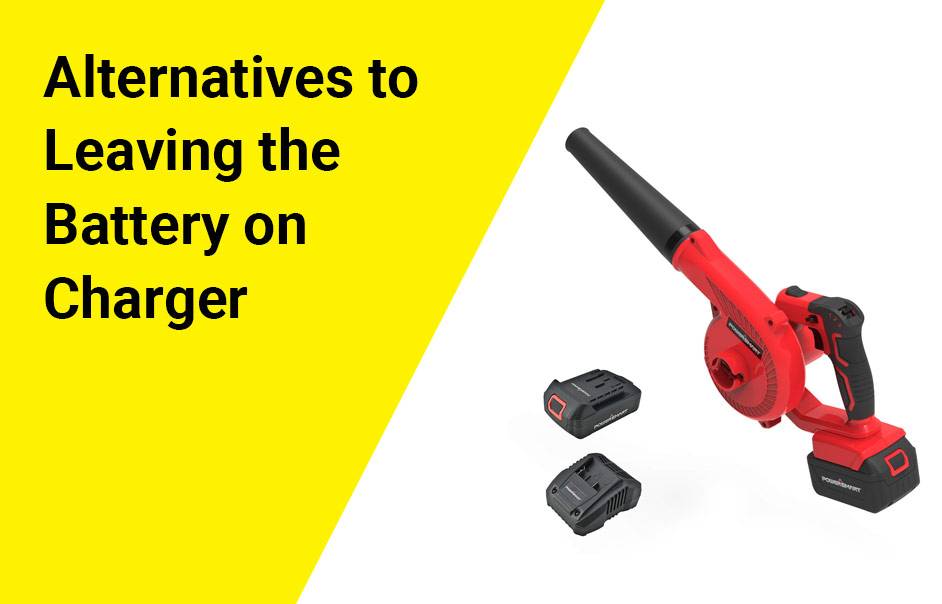
Alternatives to leaving your leaf blower battery on the charger:
- Use a Timer: Prevent overcharging with timed charging.
- Smart Charger: Automatically shuts off to avoid overcharging.
- Rotate Batteries: Alternate for cooldown and prevent overcharging.
- Store at 50% Charge: Preserve battery life in a cool, dry place.”
The Best Practices for Charging and Storing Leaf Blower Batteries
The best practices for charging and storing leaf blower batteries ensure longevity and performance. Follow manufacturer instructions, fully charge before use, avoid overcharging, store in optimal conditions, regularly inspect for wear, and use compatible chargers. These steps maintain battery health and performance.
To ensure your leaf blower battery lasts, follow these tips:
1. Follow manufacturer’s instructions.
2. Fully charge before use.
3. Avoid overcharging.
4. Store in optimal conditions.
5. Regularly inspect for wear.
6. Use compatible chargers.
These steps help maintain battery health and performance.
FAQs
How long will a battery last on a leaf blower?
Can you leave a battery in a leaf blower?
What if my leaf blower battery gets wet?
How long does a 20v leaf blower battery last?
How long does a Dewalt 60V battery last with a leaf blower?
How long does it take to recharge a leaf blower battery?
How long will a Stihl battery leaf blower run?
How Does an Organized System Help Store Lithium Batteries?
What Physical Location Considerations Exist for Storing Lithium Batteries?
Why Is Proper Ventilation Necessary for Storing Lithium Batteries?
Why Is Limiting Light Exposure Important for Lithium Battery Storage?
How Should Lithium Batteries Be Safely Stored to Avoid Damage?
To safely store lithium batteries and prevent damage, avoid exposing them to excessive temperatures. High heat can lead to overheating and fire risk, while extremely low temperatures can affect battery performance. Store lithium batteries in a well-ventilated area to dissipate heat and prevent the build-up of harmful gases. Follow these precautions to ensure the safe storage and longevity of your lithium batteries.”














